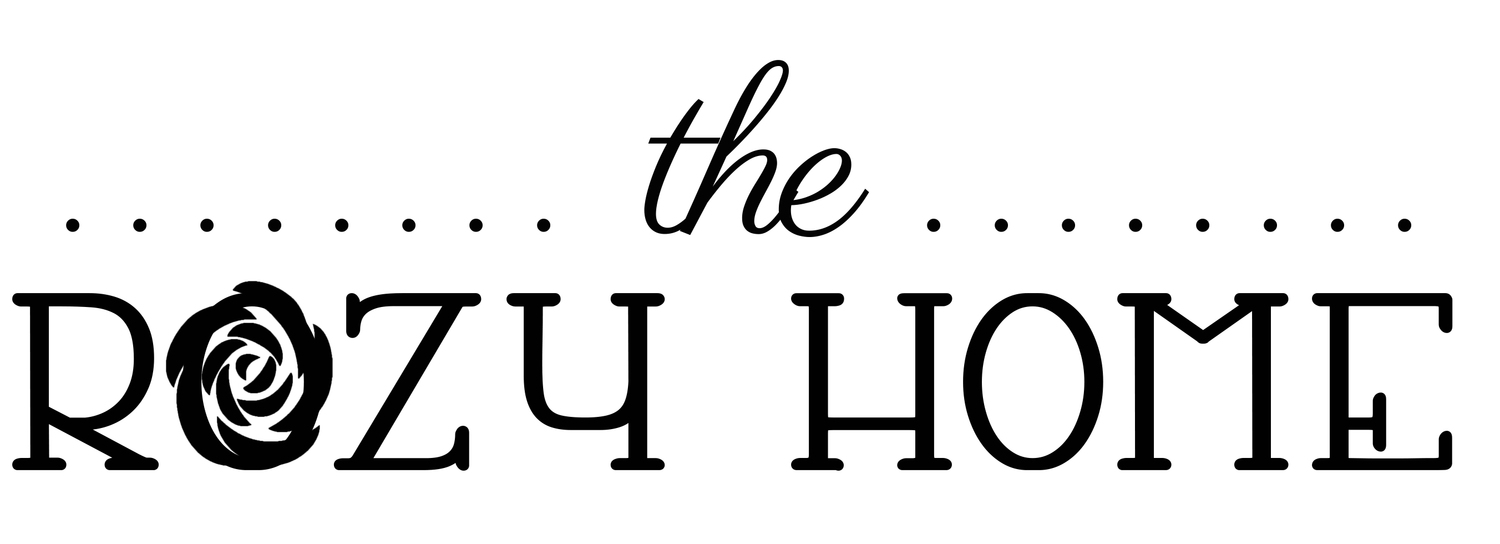Once thought of as something used solely outdoors, dining benches are the go-to choice of seating for even the most discriminating homes. With their ability to provide additional seating without being overbearing, and the added benefit of being an easy-to-clean and child friendly solution, wood benches are quickly becoming the hottest seating choice at the dining room table.
In less time than it takes to clean your house, you can build your very own dining bench. This is the perfect beginning woodworking project as it only requires a few tools and basic knowledge of woodworking. Just be warned - once you see how easy this is to build, you will find yourself in the garage wondering what else you can make.
Materials:
2 - 6" x 5' x 2" white oak boards
1 - 3" x 5' x 2" white oak board
1 - 2" x 4' x 2" white oak board
4 - 2" x 2" x 13" white oak boards
2 - 2" x 2" x 13 1/8" white oak boards
2 - 2" x 3" x 14" white oak boards
2 - 2" x 3" x 12" white oak boards
* Note: If you are unable to find 2" boards, you can glue and clamp 2 one inch boards together. Alternatively, you can opt to use one inch boards for the entire project. If you decide to use one inch boards, add an inch to the length of the leg supports.
Kreg Jig
3 inch pocket screws (or 1 1/2 inch pocket screws if using 1 inch boards)
3 inch self-drilling wood screws (or 1 1/12 inch self-drilling wood screws if using 1 inch boards)
Miter saw or circular saw
Drill/Screwdriver
Wood Glue (I recommend Titebond)
Sandpaper
Wood filler
3 - clamps (minimum 24 inches in length)
Attach the 6" x 5' x 2" white oak boards and the 3" x 5' x 2" white oak board using glue and clamps. I chose to assemble mine with the 3" board flanked on each side with the 6" boards. Allow to dry for a minimum of 30 minutes (although I recommend letting it sit overnight to ensure the strongest bond possible).
Turn the top face down. Attach one 2" x 3" x 12" white oak board vertically approximately 1 1/2 inch from the end and 1 inch from each side using 3 inch self-drilling wood screws. Repeat on opposite end.
Drill a pocket hole on each end of the 2" x 4' x 2" white oak boards. Using 3 inch pocket screws, attach one 2" x 3" x 14" white oak board to the end of the 2" x 4' x 2" white oak board (forming a "T"). Repeat on opposite end.
Cut four 2" x 2" x 13" white oak boards at a mitered 15 degree on each end. If your miter saw only tilts in one direction, cut the first end at the mitered 15 degrees and then slide the board down and cut the other end at a mitered 15 degrees.
Drill pocket holes on the inside end of all four vertical legs. These will be used to attach the legs to the T base and support base.
Line up the mitered edge of the vertical leg to the edge of the T base. Attach the vertical leg piece to the T base using 3 inch pocket screws. Repeat on the opposite end.
Turn the base upside down. Attach the vertical leg pieces to the 2" x 3" x 12" support piece (on the underneath of the top piece) using 3 inch pocket screws. Repeat on the opposite end. Note: The mitered edges of the vertical leg pieces will naturally guide you to the placement of each leg. If you prefer, you can measure in from each edge to determine the exact placement of each mitered edge.
Place the 2" x 2" x 13 1/8" white oak board centered between the two vertical legs pieces. You may need to use a mallet to tap the piece in place. The piece should be snug enough to not need to be attached with screws (I do this to ensure extra support to the piece). Repeat on opposite end.
Fill any holes with wood filler. I fill the pocket holes with wood filler, but you can use the plugs provided by Kreg if desired. Just ensure you use the stain grade plugs. I also choose to fill in the small spaces between each board on the top to ensure there was no concern of my children getting scratched. Once your wood filler has dried, sand the entire piece using 120 grit sandpaper. Be careful not to over sand.
After sanding, stain the piece your color of choice, followed by two to three layers of polyurethane. Allow to sit for 24 hours before using. That's it! The total assembly time should be around 1 to 2 hours. Sanding and staining should take 30 minutes to an hour depending on proficiency. The total cost for wood is around $60 (less if you use one inch boards). Depending on the supplies you have on hand, the entire project can cost between $60 and $80 total and will last a lifetime.

















